I’ve wanted to see a real total solar eclipse since I can remember. I’d read about it, looked at pictures of it, and watched movies of it. None of those things compare to being in the moment for the actual event.
As artists we are nearly indebted to observing and analyzing a glimpse of the universe creating unique coincidences. Breathing in the dramatic lineup. Feeling the shift in offset surroundings. Listening to the quiet.
The totality was going to burn a solar highway straight through the continental United States and pass right by where I’d grown up in Kentucky. Unfortunately, the weather threatened to be overcast there, so we decided to drive north to Syracuse, NY which promised clearer skies. But as the event drew closer, the clouds did, too, and our plans drifted east and north to Burlington, VT. Then, weather predictions got cloudier there.
I’d read that sometimes the eclipse conditions open up a little viewing ‘window’ in the clouds during the totality, but I wasn’t willing to risk it.
We finally settled on Newport, VT, almost to the Canadian border. The town’s population of 4400 must’ve swelled to 10,000 as people were everywhere. All the rest stops on the way up were crowded, more like clogged, 2 hours before. We drove back out of town and found a space off the side of the road that had only 4-5 cars when we initially drove into Newport. We headed back there to suddenly find 40 to 50 cars had pulled in while we scoped out the town. But we managed to squeeze in.
We were standing directly beneath the umbra, and all around that dark circle, along the horizon edge, we could see the area of the sky that was only getting a partial eclipse.
The event arrived slowly as the Moon ate its way across the face of the Sun while all of us giggled and joked and watched through our eclipse glasses. The closer it got to totality, the stranger the light became, dimming to a weird underexposed landscape. The temperature dropped quickly. People got very quiet as a sliver of the Sun was left in our glasses.
Then disappeared altogether.
Everybody whipped off their glasses (it was okay to look now) as the cheering and clapping rose through the audience. When my glasses came off, there above us was the classic image I’d seen all my life, only this time, this moment, this experience was overwhelming in its realism.
The corona flared along the solar disc bleeding into a very dark sky. On the edge of the Moon, along the lower left side, was a bright red glowing sparkle. A jewel-like color hanging there that captivated me. We’d learned that the Sun peeks through the mountains of the Moon on its edge that kind of tamps down the light leaking through to the red part of the spectrum. I was fixated on it.
A couple planets came out and I figured they were Jupiter and Mars, but I didn’t look them up. I wasn’t about to be distracted from this moment.
But I remembered I wanted to take in the entire event, so I spun around to watch people and listen and notice how the light changed. We were standing directly beneath the umbra, and all around that dark circle, along the horizon edge, we could see the area of the sky that was only getting a partial eclipse. I took a few photos, just to remember the effect, and I’ve included a couple here. They’ll give you a touch of what it was like to be there.
People danced and clapped and generally bounced up and down. As our three minutes of totality wore on, lots of us took pictures, but I stopped early on, realizing that NASA was shooting amazing pictures to record the moment better than any of us. And they’re available to all US citizens.
I took it all in as an artist, living the moments visually, memorizing and absorbing. Just as the Sun appeared on the opposite side, the purest light I’d ever seen glowed for an instant and I quickly looked away to put my glasses back on. For that moment, though, the returning light felt like I glimpsed the depth of existence. The furnace of astronomy. Even though we know the science of why and the calculation of the occurrence to the second, our minds still crossed so briefly the depth of time with the fascination of how our ancestors must’ve wondered.
It was freakin’ phenomenal.
What wasn’t incredible was the traffic leaving the town and the over seven-hour drive back to the hotel that had only taken four hours earlier that day. There were so many cars that even the on-and-off ramps at each exit were crowded and moving like they were in a holiday parade.
Our next eclipse in the US will occur forty years from now. But there will be an eclipse burning a line through Reykjavik, Iceland in 2026.
Maybe we’ll see you there?


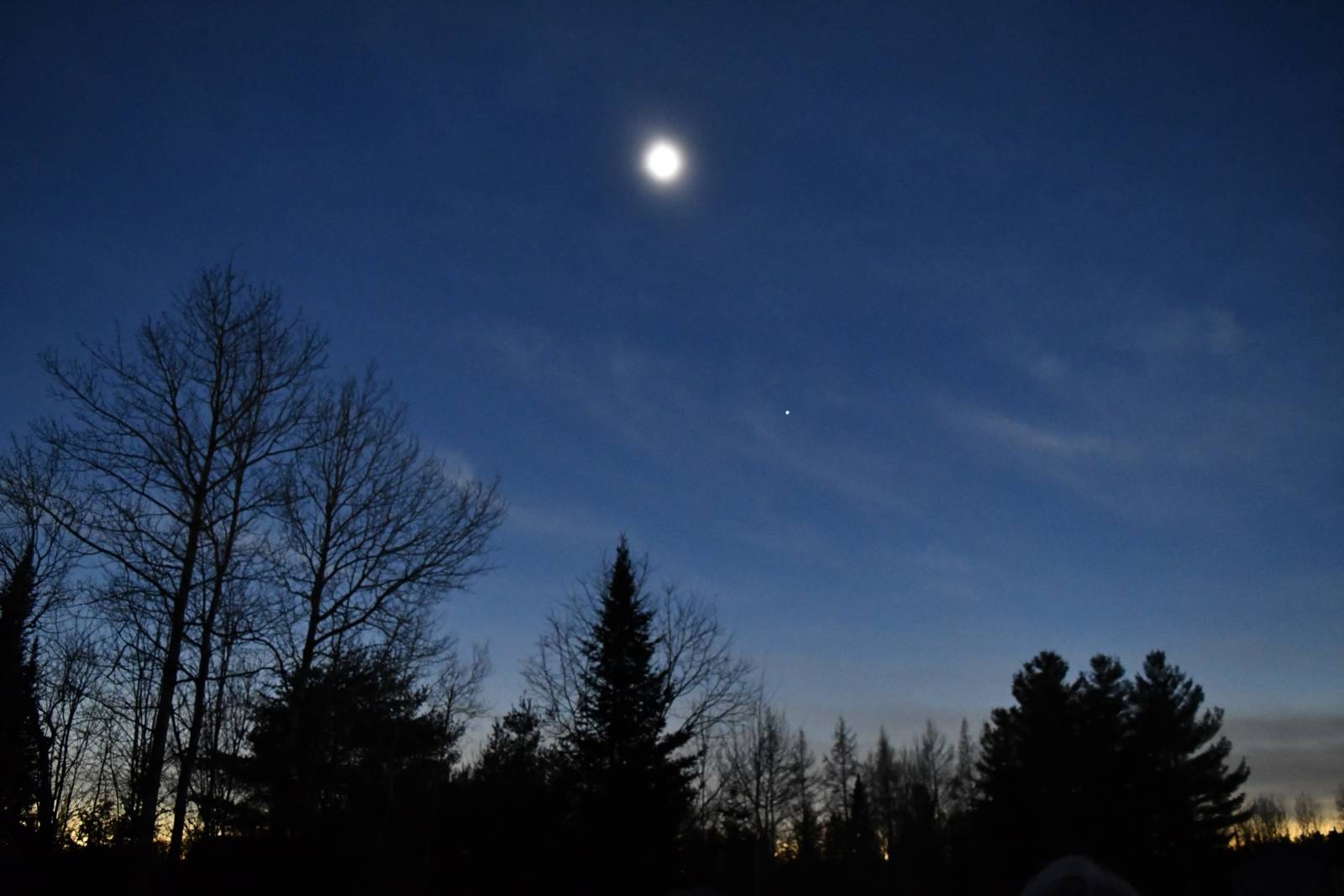
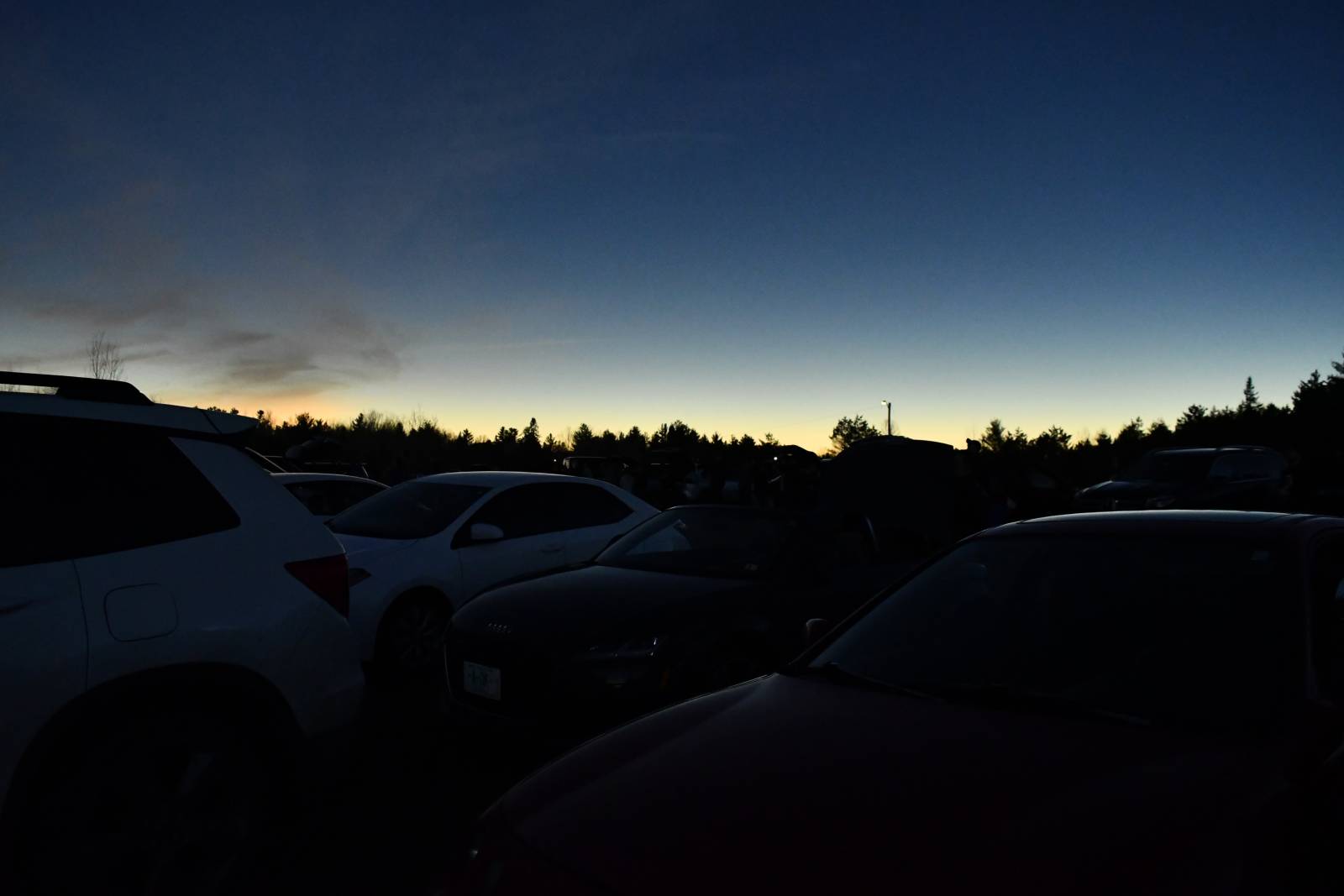
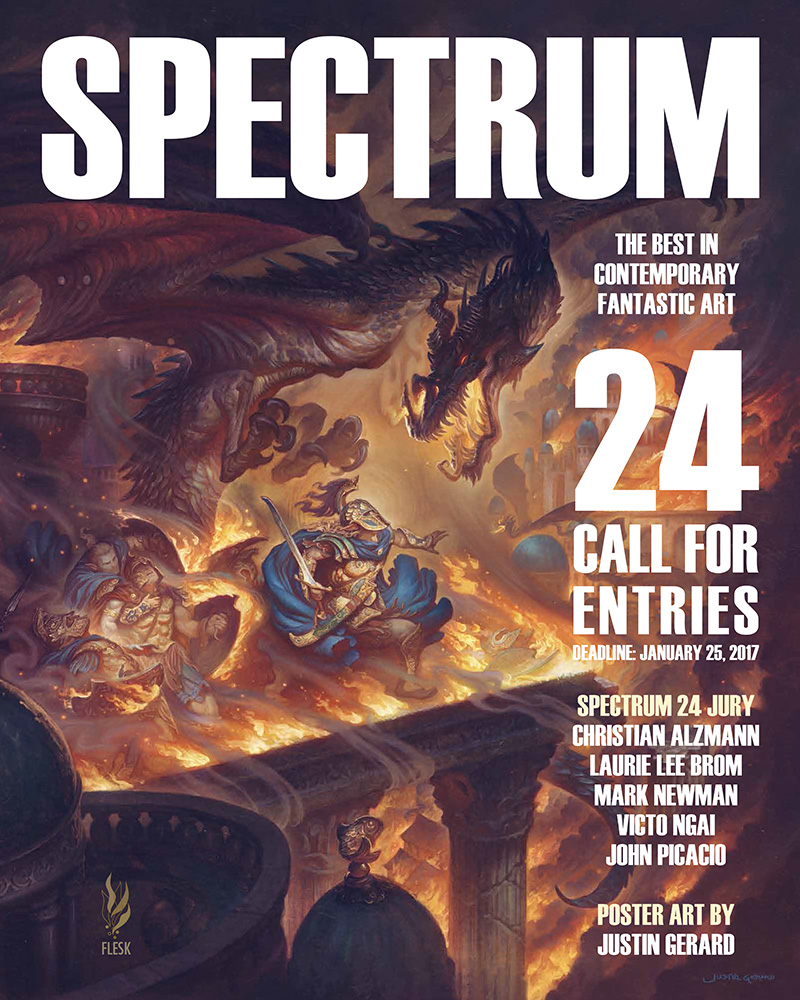
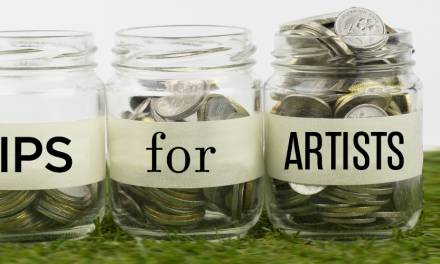
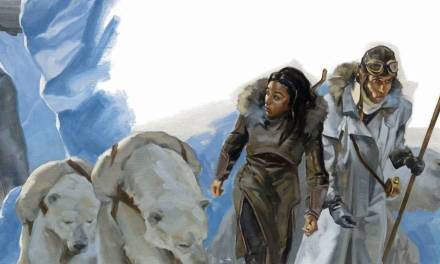


It was a fun moment where it seemed like everyone was looking forward to the eclipse , nice to see people of all ages gather together for something positive. Hopefully we’ll see this show up in one of your paintings 🙂
Freakin’ phenomenal indeed.
If memory serves, the next eclipse in the US is in about twenty years from now, not forty. So not [quite] so long.
See you there!
It was incredible! We’d moved to Ohio at the end of 2018 and had the incredible luck of discovering afterwards that we’d moved right into the path of totality! We made a party of it, inviting friends and family from out of town, and ordering a big batch of different ice cream flavors from the best dairy in around!
And yes, taking it all in was paramount. Not only to see it, but to observe everything around me: the changing of the light, the evening calls and then quiet and then morning calls of the birds, that tiny blaze of returning light…!
The excitement leading up to it wasn’t something I’d felt in a long time. All the work to be ready was worth every precious second of those three minutes. It was like three minutes of the best Christmas I could remember.
I’m so glad you found a good spot! That’s a GREAT photo!